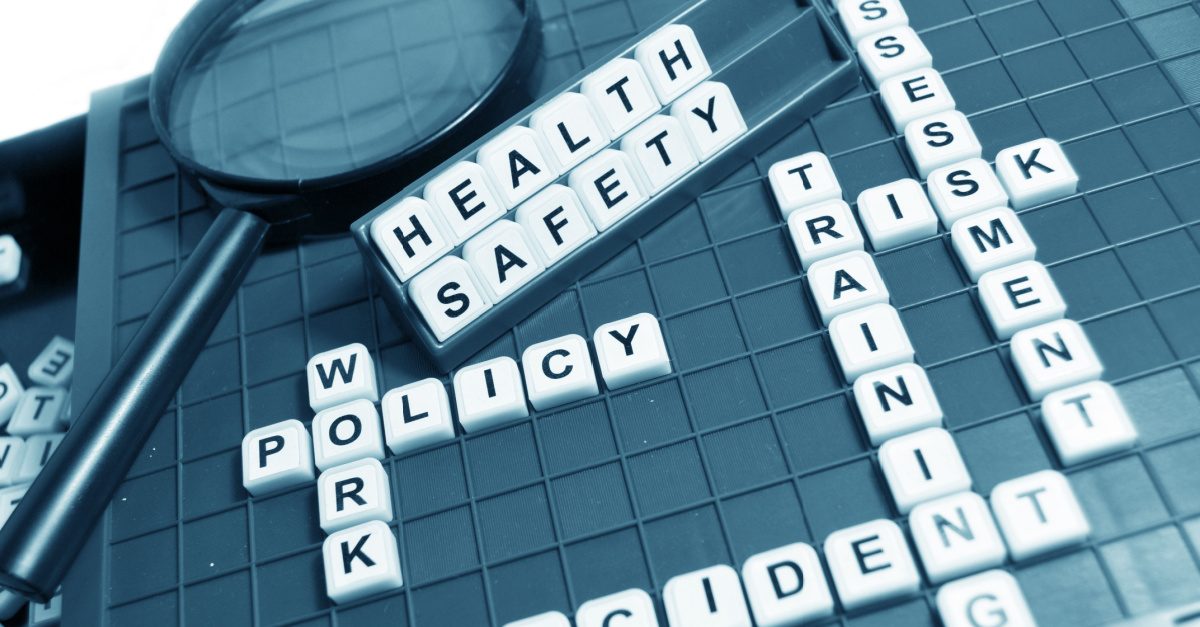
Ten Proven Ways To Improve Workplace Safety
Making a workplace safe is not just a legal obligation but also a moral one. A secure environment guards the employees’ physical and mental well-being and contributes to the overall success of a business. Fortunately, there are various methods to bolster workplace safety. No matter the size of your company, here are ten proven ways to improve workplace safety.
Invest In Quality Equipment
Never compromise on safety equipment. Whether it’s helmets, gloves, or machinery, always opt for the best quality. Regularly inspect and maintain equipment to confirm its optimal condition. An essential aspect of equipment identification and maintenance is using a data plate. If something’s worn out or broken, replace it immediately.
Prioritise Regular Safety Training
You’ve probably heard this before, but it’s worth repeating: Knowledge is power. Equip your employees with the right information. For best results, consider the following:
- Tailored Training: Make certain that the training is tailored to specific job roles. Different roles may have unique hazards, and addressing these specifically can make the training more effective.
- Engaging Methods: Adopt interactive methods like workshops, simulations, and hands-on exercises. This approach is particularly beneficial when dealing with electrical systems. Not only does it keep your workers safe, but it also promotes better retention of safety protocols.
By dedicating resources to frequent and thorough safety training, you’re building a robust base for a safer workplace.
Maintain Clean And Organised Workspaces
Clutter can be more than just an eyesore. It can be a hazard. Be sure that workspaces are clean and free from unnecessary items. Encourage employees to keep their areas tidy. A neat workspace reduces the risk of accidents and makes it easier to spot potential hazards.
Additionally, providing employees with tips to follow for organising their workspaces can further streamline operations and minimise distractions. Simple strategies, like labelling storage areas and designating specific spots for tools, can make a significant difference in maintaining order.
Implement Clear Signage
Clear signage plays a crucial role in workplace safety. It provides immediate visual cues that can guide behaviour and decision-making.
Whether it’s warning of a wet floor, indicating the location of emergency exits, or reminding staff to wear protective gear, having effective signage reduces ambiguity and confirms everyone is aware of potential risks. Strategically positioned and easily legible signs serve as continual reminders, amplifying safety protocols and ensuring that precautions remain a priority.
Encourage Open Communication
Foster an environment where employees feel comfortable reporting hazards or safety concerns. When they speak up, listen. Address their problems promptly. By doing so, you’re not only preventing potential accidents but also showing that you value their well-being.
Regularly Review Safety Protocols
Safety isn’t static. As your business evolves, so should your safety protocols. Regularly review and update them. Stay informed about the latest safety standards in your industry. Adjust your protocols accordingly.
Use Technology Wisely
Embrace technology that enhances safety. Modern workplaces have tools explicitly designed to bolster safety measures. Here are a couple of ways technology can be a game-changer:
- Safety Monitoring Systems: These systems can track and monitor workplace environments in real time, alerting supervisors to potential hazards before they become critical issues.
- Wearable Tech: Devices like smart helmets or vests can monitor vital signs, ensuring workers aren’t facing health risks. They can also provide real-time data about environmental conditions, such as exposure to harmful gases or extreme temperatures.
By incorporating these technologies, you’re boosting safety and taking a proactive stance against potential threats.
Promote Physical And Mental Well-Being
Safety isn’t just about preventing physical accidents. It’s also about promoting the mental well-being of your employees. Encourage regular breaks. Offer wellness programmes. A healthy employee, both physically and mentally, is less prone to accidents or worksite risks.
Stay Prepared For Emergencies
Emergencies are unpredictable, but your response to them shouldn’t be. Being prepared can make the difference between a minor incident and a major catastrophe. Here’s how you can prepare your workplace:
- Create An Emergency Response Plan: Develop a comprehensive plan that outlines the steps to take during various emergencies. This plan should be easily accessible to all employees.
- Practice Through Drills: Just having a plan isn’t enough. Conduct periodic emergency drills, such as fire and evacuation exercises, to be sure everyone knows their role and responsibilities.
- Maintain Emergency Contacts: Maintain an updated list of emergency contacts, including medical facilities, fire departments, and other relevant agencies. Display this list prominently in the workplace.
- Supply Emergency Kits: Equip your workplace with essential emergency supplies like first aid kits, flashlights, and batteries. Check and refill these kits periodically.
By taking these steps, your team can remain calm, informed, and quick to respond in an emergency.
Limit Work Hours
Overworked employees are more likely to make mistakes. Monitor their working hours, encourage breaks, and be sure they rest adequately. Remember, a well-rested employee is more alert and less prone to accidents.
Conclusion
Workplace safety is a continuous journey, not a destination. By implementing these strategies and fostering a safety culture, you’ll take significant steps towards creating a safer, more productive environment for everyone. Remember, safety isn’t just about protocols and equipment; it’s about valuing and protecting your most important asset – your employees.
Visit The Sustain Chain section of IoSCM’s website for more great ways to create a safe, sustainable workplace.

